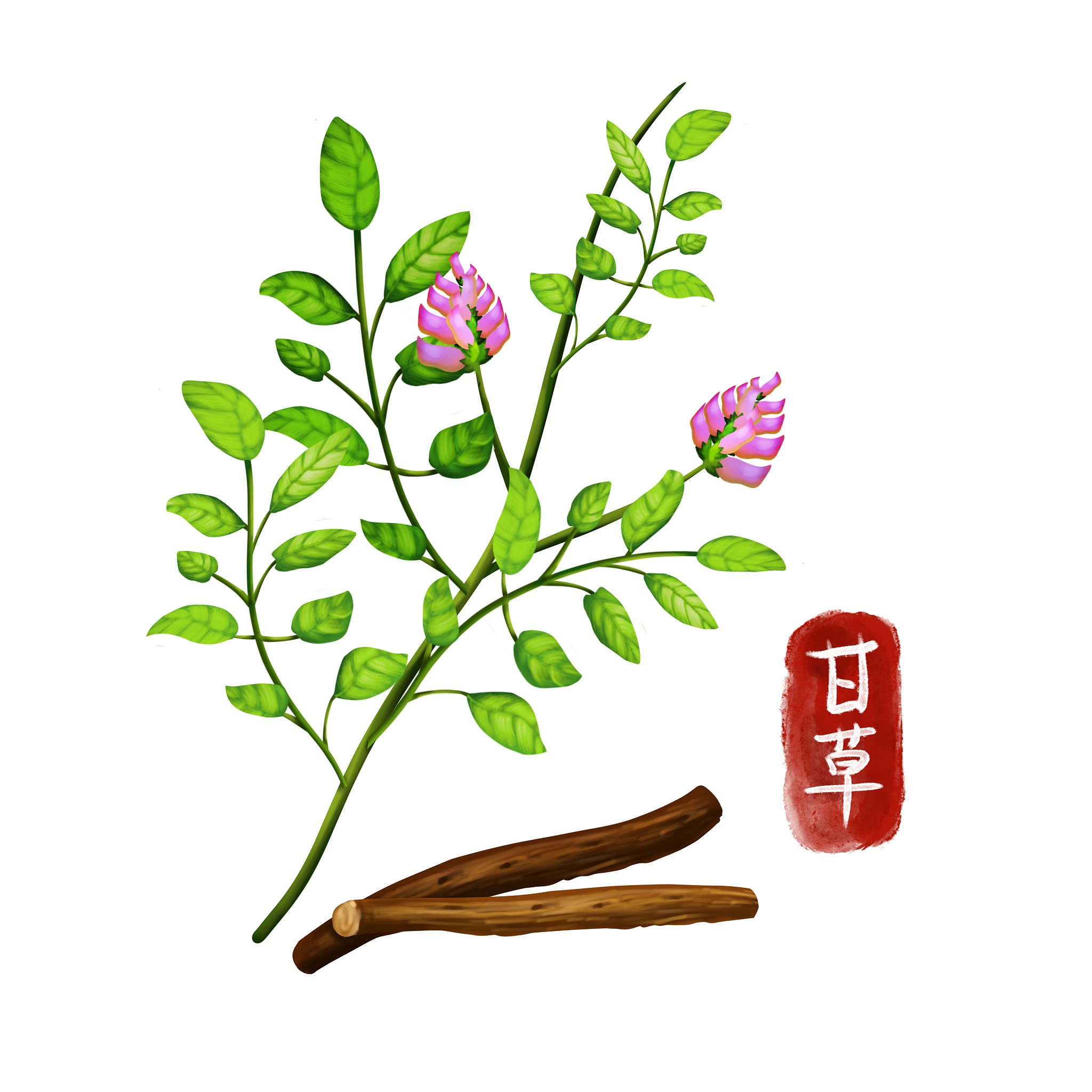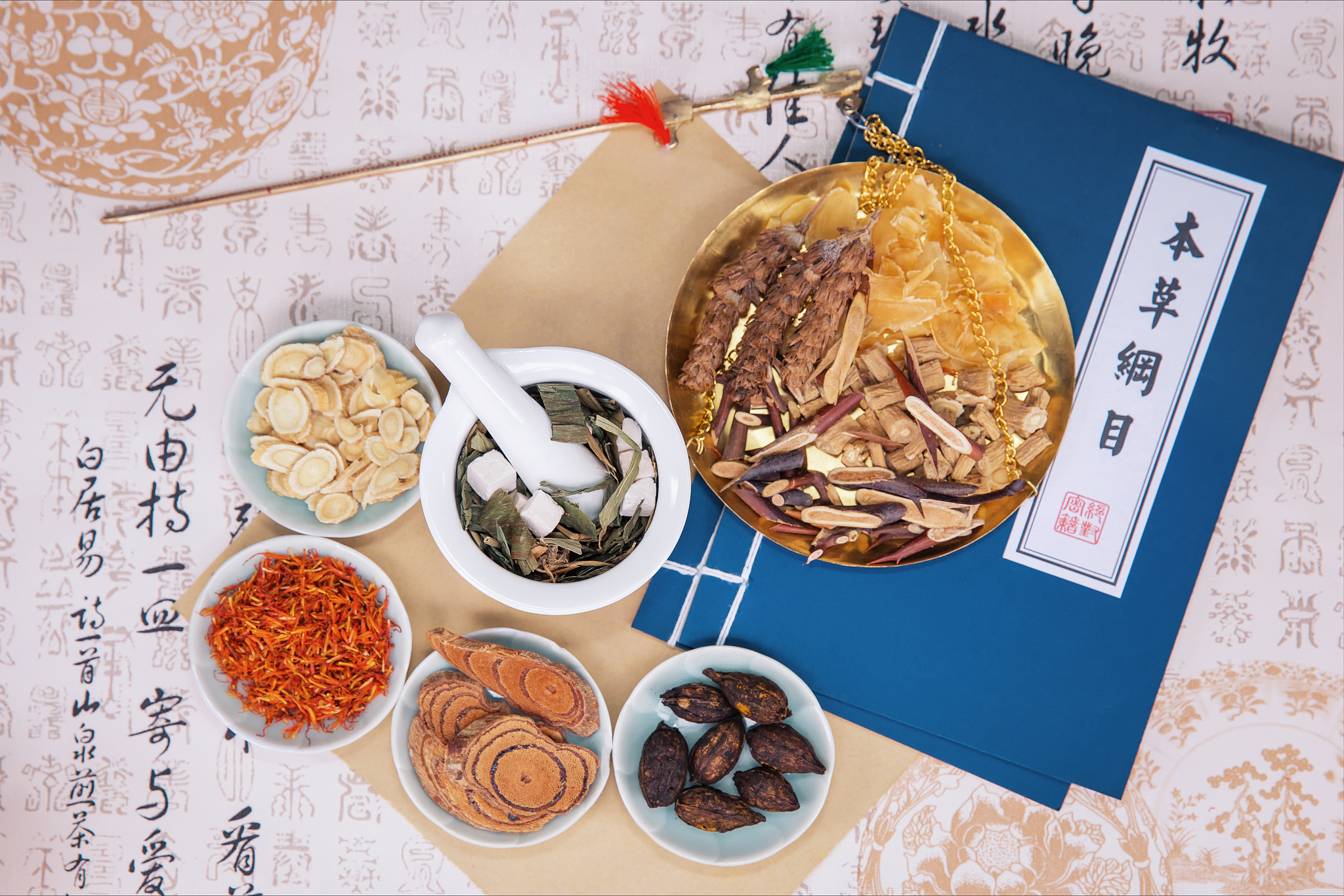In the Book "Geng Si Bian," written by Lu Can in the Ming Dynasty (1368-1644), there is a story about curing diseases with licorice.
One morning, the imperial physician Sheng Yin passed out as soon as he entered the imperial pharmacy. When other imperial doctors had no idea, a folk doctor recommended a prescription, and Sheng Yin recovered after taking it. The emperor was so pleased that he wondered whether it was magic. The man explained that it was not magic. He said Sheng didn't eat before entering the pharmacy and because of the deficiency of stomach qi or life force, an underlying principle in Chinese traditional medicine and martial arts, he was poisoned by the toxic mixture of gases emitted by a variety of herbs. He said licorice has a detoxifying effect which is what cured Sheng. After hearing this, the emperor was overjoyed and richly rewarded this folk doctor.

According to "Compendium of Materia Medica," written by Li Shizhen, licorice mainly cures fetal toxicity, decreases internal heat and relieves pain. He also praised licorice for its medicinal properties in the book. Licorice can reconcile all drugs so that they coexist harmoniously, closely cooperate, foster strengths, circumvent weaknesses and work together to cure diseases. For example, licorice can reduce the toxicity of medicines and improve the taste of traditional Chinese medicines.
According to the "Chinese Pharmacy Dictionary," it's clinically used in the treatment of diseases such as duodenal ulcer, Addison's disease, Sheehan's syndrome, diabetes insipidus, tuberculosis, malaria and other diseases.
Licorice has a reputation as an "important official of China" in the kingdom of medicine, which is like a respected old man in the medical kingdom, who eases contradictions, regulates disputes and helps others.
The root and rhizome of licorice, which has a sweet taste and a cool nature, are usually used as medicine.
Licorice (Glycyrrhiza uralensis) is in the genus Glycyrrhiza. It is a flowering plant native to Asia. It likes an ecological environment with sufficient light, less rainfall and a significant temperature difference between day and night. It is distributed in northeast China, Shaanxi Province, Gansu Province, Qinghai Province, the Xinjiang Uygur Autonomous Region, Shandong Province and other places.

About 'The Great Herbs' series:
Chinese herbal medicine is the precious legacy of the Chinese people's struggle against diseases for thousands of years and the essence of Chinese culture accumulated over thousands of years. The "Compendium of Materia Medica," written by Li Shizhen, is a valuable heritage of ancient Chinese medicine and botany, which has played a significant role in promoting the development of medicine and pharmacy in China and even the world. In this series, CGTN guides you through the journey of exploring the great herbs mentioned in the book.
For more:
The Great Herbs: The first of China's nine immortal herbs
The Great Herbs: The buster of blood
Chinese ground orchids help control rocky desertification in SW China
The Great Herbs: Flowers with two colors
The Great Herbs: The king of hundreds of herbs
The Great Herbs: Ancient 'mushroom of immortality' on rotten woods
The Great Herbs: Herb with a fishy taste
(All images via VCG)
(If you want to contribute and have specific expertise, please contact us at nature@cgtn.com.)

